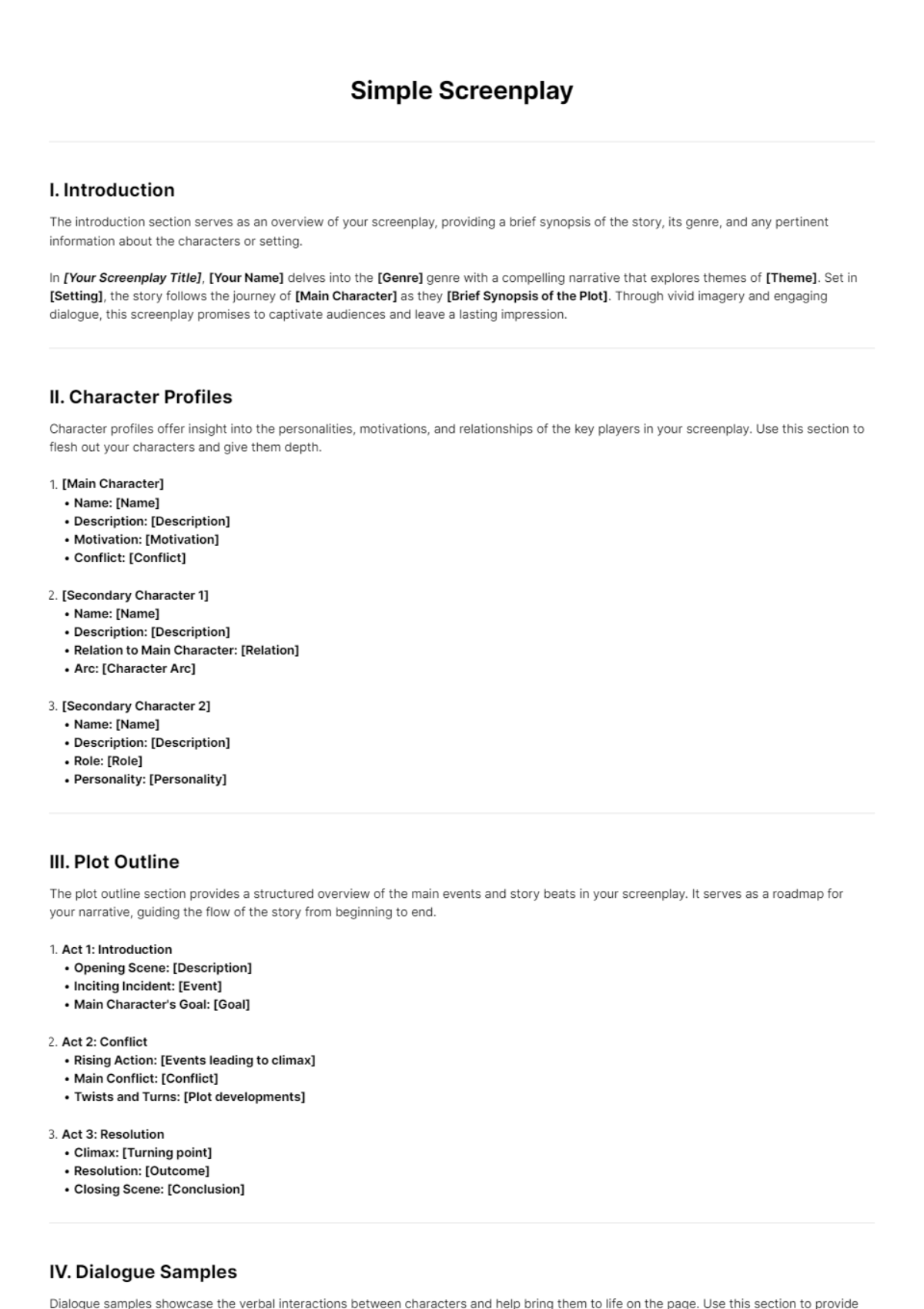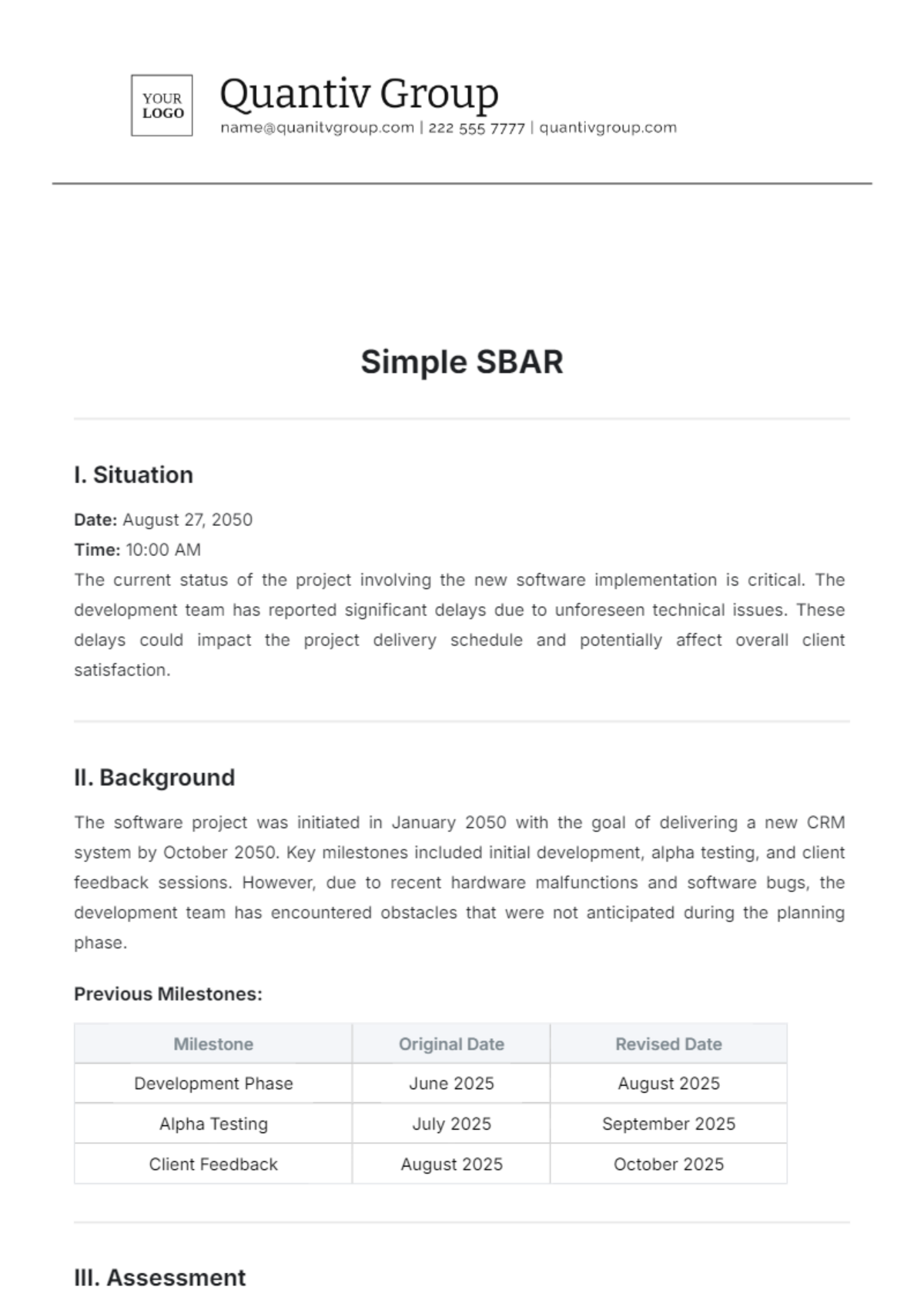Simple Field Study
Observation of Bird Species in a Local Park
by: [Your Name]
I. Introduction
This field study was conducted to observe and document the presence and behavior of bird species in [Local Park Name]. The goal is to gather data on species diversity, feeding habits, and interactions with both the natural and man-made environments within the park. The study will provide insight into the role of urban parks in supporting bird populations.
II. Objectives
Identify different bird species within the park area.
Record behavioral patterns such as feeding, nesting, and social interactions.
Analyze how birds utilize the park's resources, including trees, water sources, and open areas.
III. Methodology
Location: [Local Park Name], primarily around the pond, trees, and open grassy areas.
Duration: 7:00 AM to 9:00 AM (two hours), during peak bird activity in the early morning.
Tools:
Binoculars: For detailed observation of birds at a distance.
Notebook: To record species, behaviors, and other observations.
Bird Identification Guide: To help identify species based on visual cues such as color, size, and call.
Camera (optional): For photographic evidence and documentation.
IV. Data Collection
Species | Number Observed | Behavior | Location |
|---|---|---|---|
Sparrow | 12 | Group feeding, flying in flocks | Grassy areas near benches |
Pigeon | 8 | Scavenging for food, interaction with humans | Picnic areas |
Robin | 6 | Perching on branches, hunting for insects | Trees near the pond |
Blue Jay | 2 | Territorial behavior, chasing other birds | Tall trees near the entrance |
Additional Observations:
Feeding Patterns: Sparrows and pigeons were mainly found foraging on the ground, while robins were seen flying down from trees to hunt for insects.
Interactions with Humans: Pigeons were often seen scavenging near humans and seemed accustomed to human presence, while robins and blue jays kept their distance.
Nesting Behavior: No active nests were observed during the study, but the robins and blue jays displayed territorial behavior by frequently perching in specific areas.
V. Conclusion
The field study identified a variety of bird species in the park, highlighting how different species adapt to urban environments. Sparrows and pigeons are well-integrated into the park's landscape, particularly in areas frequented by humans, while species like robins and blue jays prefer more isolated, natural areas. The study reinforces the importance of urban green spaces in supporting bird diversity and providing resources for both native and migratory species.





































